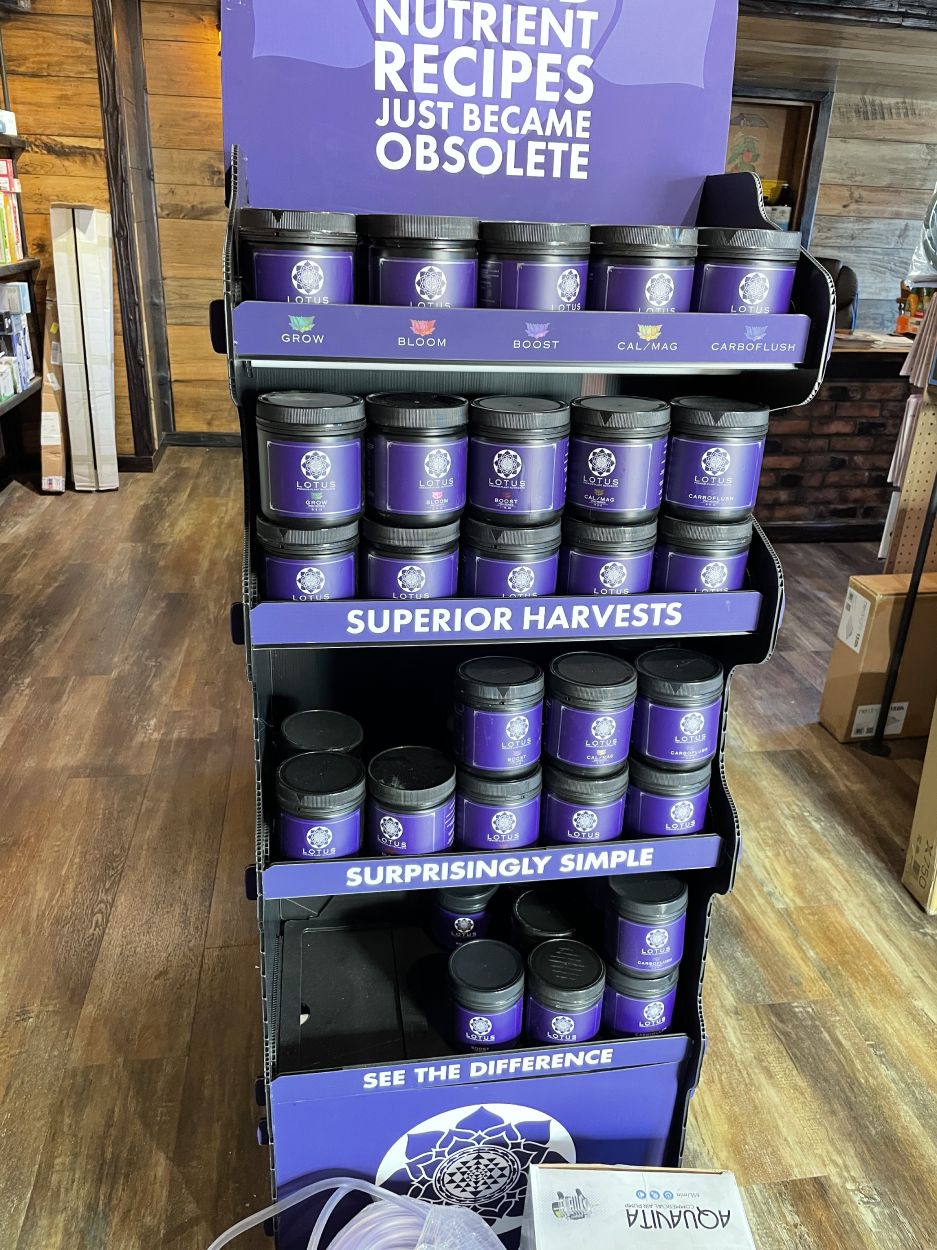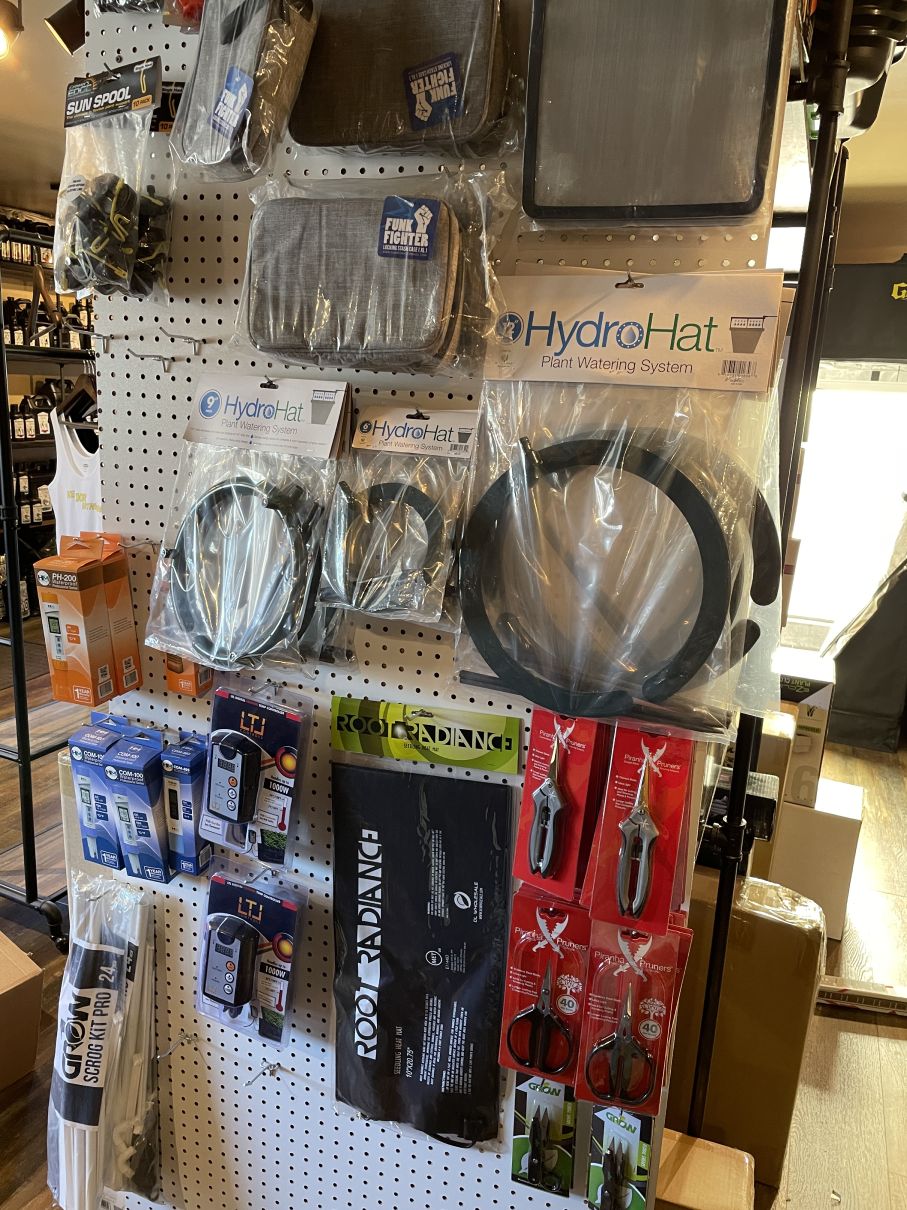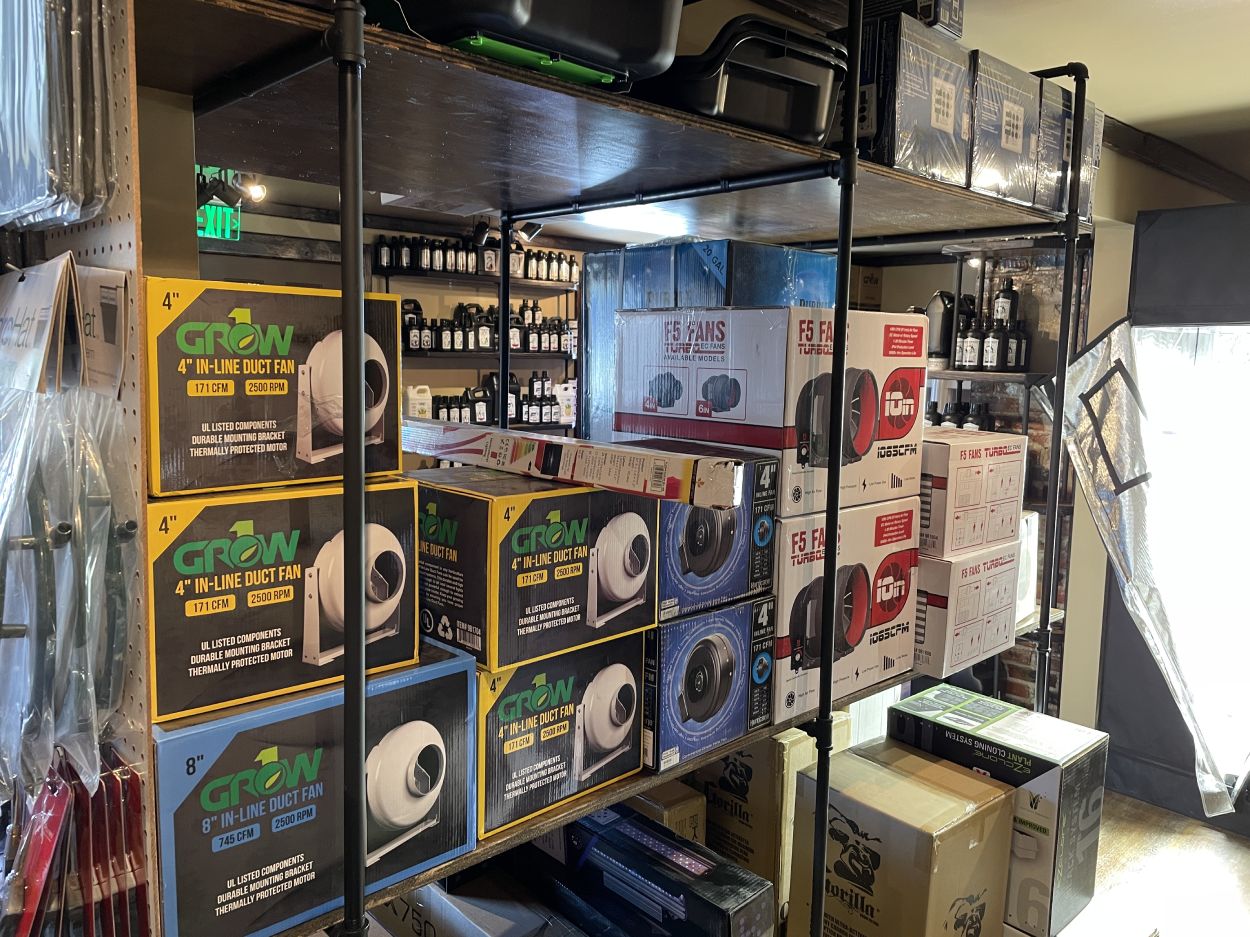The Indoor Earthworm Process: Your Secret to Flourishing Plant Kingdom Through Growing
The Indoor Earthworm Process: Your Secret to Flourishing Plant Kingdom Through Growing
Blog Article
Unlocking the Possible of Hydroponics: Comprehending Its Makes Use Of and Various Kinds
Hydroponics, a technique of cultivating plants without soil, has gathered increasing interest for its possible to reinvent agriculture and cultivation practices. As we browse through the elaborate landscape of hydroponic systems and strategies, it becomes obvious that each strategy holds unique advantages and constraints.
Benefits of Hydroponic Solutions

An additional advantage of hydroponic systems is the ability to expand plants in a smaller room. Hydroponic systems minimize the danger of soil-borne illness and parasites, as there is no soil to nurture these threats.
Usual Makes Use Of in Farming

Given the effective water conservation and space-saving advantages of hydroponic systems, it is evident that these ingenious farming methods have found common usages in different industries of farming. The controlled atmosphere of hydroponic systems enables year-round farming, giving a constant supply of fresh fruit and vegetables regardless of outside weather problems.
Hydroponics is typically used for growing a variety of plants, consisting of leafed environment-friendlies, tomatoes, cucumbers, peppers, strawberries, and natural herbs. Its convenience includes upright farming, city farming, and greenhouse production. Furthermore, hydroponic systems are made use of in research study and educational settings to examine plant growing, nourishment, and growth methods. The flexibility and effectiveness of hydroponics make it a beneficial device in contemporary farming, addressing the difficulties of sustainability, food safety and security, and resource optimization.
Checking Out Different Hydroponic Methods
What are the numerous innovative strategies made use of in hydroponics to boost plant cultivation effectiveness and yield? Hydroponic systems supply a variety of approaches that accommodate different plant kinds and cultivation objectives. One prominent method is the Deep Water Society (DWC) system, where plant origins are immersed in a nutrient solution, supplying ample oxygen and nutrients. An additional commonly utilized approach is the Nutrient Movie Technique (NFT), which includes a superficial stream of nutrient solution flowing over the plant roots, advertising water and nutrient uptake. Furthermore, the Ebb and Circulation system, additionally referred to as the Flooding and Drainpipe system, intermittently floods the plant origins with nutrient service, enabling oxygenation during draining pipes durations. Aeroponics is another sophisticated strategy that entails misting plant origins with a nutrient option, maximizing oxygen absorption and nutrient uptake. Each of these methods showcases the versatility and efficiency of hydroponic systems in boosting crop development and return.
Contrasting Various Hydroponic Solutions
Exploring the performance and return enhancement methods in hydroponics leads us to compare different hydroponic systems available for crop farming. Each hydroponic system has its one-of-a-kind functions, benefits, and limitations, making it essential for growers to select one of the most suitable system based on their certain demands and restraints.
One of the most common hydroponic systems is the nutrient movie technique (NFT), where a thin film of nutrient service continuously flows over the plant roots. This system is valued for its water efficiency and suitability for expanding leafed eco-friendlies and natural herbs. In comparison, the deep water culture (DWC) system submerges plant roots directly right into the nutrient solution, giving adequate oxygen and check out here nutrients. The DWC system is cost-effective and relatively easy, making it a preferred choice for novices.
Another prominent hydroponic system is the ebb and flow (or flood and drainpipe) system, which regularly floodings the plant roots with nutrient remedy prior to draining it. By understanding the distinctions in between these hydroponic systems, cultivators can make enlightened decisions to make best use of crop yield and quality.
Developments in Hydroponic Technology
One essential advancement is the growth of wise hydroponic systems that make use of sensing units and automation to keep an eye on and adjust ecological problems such as pH degrees, nutrient focus, and light direct exposure in real-time. These systems make it possible for specific control over expanding conditions, leading to optimum plant growth and higher crop yields.
Another noteworthy innovation is the combination of upright farming techniques with hydroponic systems, allowing visit this website for the growing of crops in stacked layers. This upright approach makes the most of room utilization, making it excellent for metropolitan atmospheres where land schedule is restricted - The Indoor Earthworm. In addition, using innovative LED lights systems tailored to details plant requirements has improved power efficiency and enhanced development rates in hydroponic arrangements
Advancements like these are driving the evolution of hydroponics, making it a very attractive and sustainable option for modern agriculture.
Final Thought
Finally, hydroponics provides countless benefits in agriculture and has numerous strategies and systems that can be utilized to optimize its capacity. browse around this site Advancements in hydroponic modern technology remain to improve performance and sustainability in food production. By understanding the usages and various sorts of hydroponic systems, farmers and farmers can open the full potential of this innovative method of expanding plants without soil.
Additionally, hydroponic systems permit for much better control over nutrient degrees, pH balance, and ecological conditions, leading to much healthier plants and greater returns.

Report this page